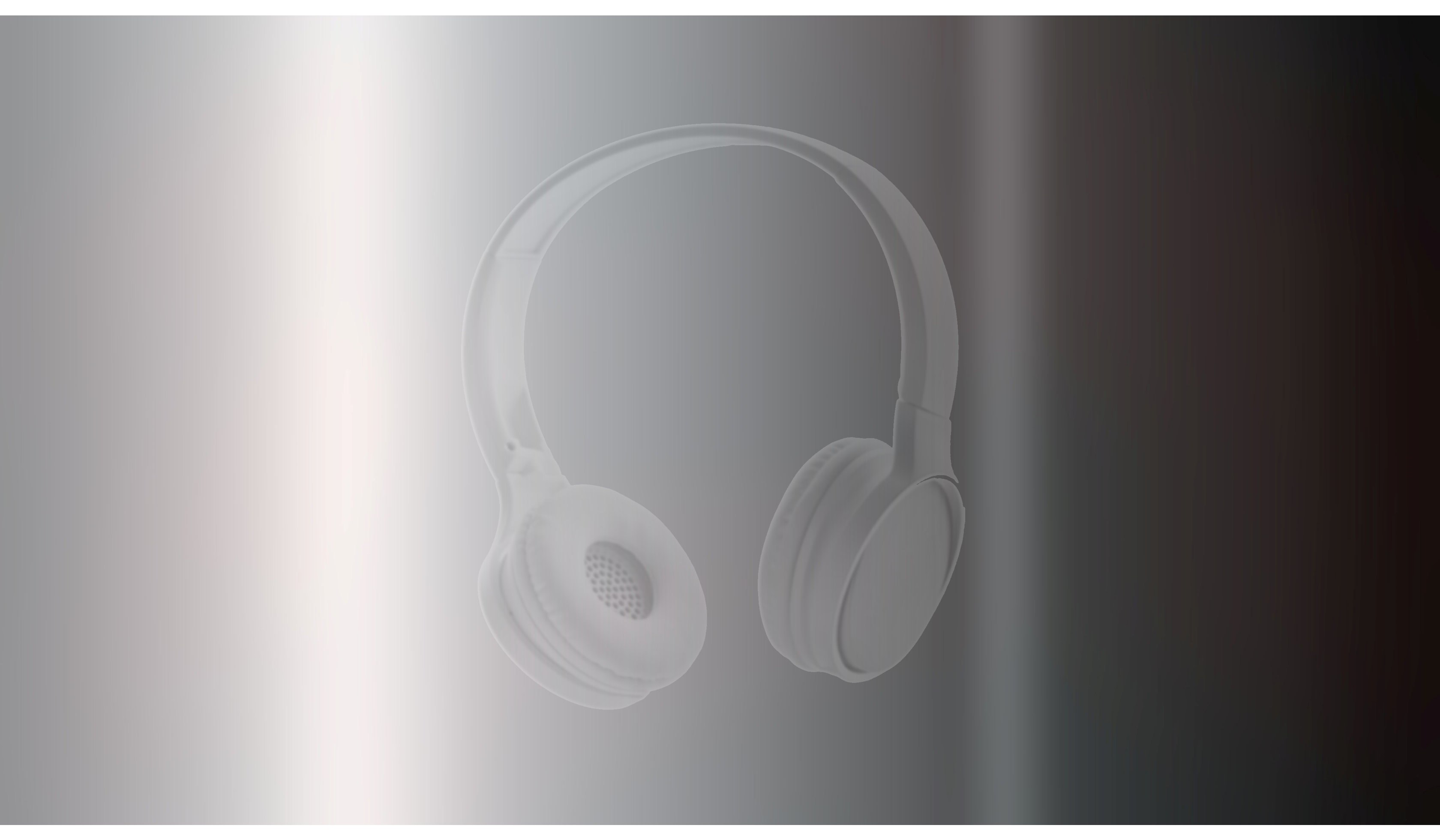
Radio is a medium of contradictions.
It has long punched below its weight, often out-reaching every other mass medium. And yet historically, radio has failed to earn a commensurate share of ad dollars despite its ability to efficiently sell products and put butts in seats.
But true cognitive dissonance emanates from radio’s inability to market its format/demographic diversity that fades away with each passing year. An industry that once regularly featured jazz, classical, oldies, and Triple A stations in many markets now eschews them in favor of more 25-54 year-old friendly outlets, even if that means having stations that simply duplicate others in the market.
Ask most radio professionals how this happens – why there is often no radio that targets aging Baby Boomers or Gen Zs in most markets – and they’ll point to the demographic “inefficiencies” of these formats. They are either above or below radio’s accepted demographic “sweet spot.”
And yet, we’re seeing signs of pushback, of consumers scratching their heads, wondering why so many media outlets don’t lean into their strong suits – even though they may lean older – or younger. So, I’ve got two compelling stories for you.
Let’s start with the AARP train.
The story originally came out of the television world in Canada, but it is one that is familiar to those of us in U.S. radio.
Lisa LaFlamme had anchored the evening news on CTV for 35 years before being swiftly removed from her news desk last month. At 58 years-old, LaFlamme let her dyed hair go grey during the pandemic, an issue that was rumored to have disturbed execs at Bell Media, CTV’s parent company.
As she explained on Twitter to her more than 131,000 followers, LaFlamme said she felt “blindsided” by her pink slip, something she says she never saw coming.
I have some news… pic.twitter.com/lTe3Rs0kOA
— Lisa LaFlamme (@LisaLaFlamme_) August 15, 2022
As you’d imagine, neither side is discussing the particulars, but viewer outrage continues to foment. Ultimately, CTV announced LaFlamme’s replacement, Omar Sachedina, a Muslim man. As the New York Times quoted Global News reporter Ahmar Khan, “But diversity doesn’t cover the gaps of mistreatment.”
Oddly enough, it isn’t just Canadian news viewers up in arms. Consumer brands have taken up LaFlamme’s cause. First, Dove Canada stepped up with a hefty contribution to a women’s support group, as well as a series of videos, posts, and messages leaving no doubt where the brand stands:
Urging their female followers to #KeepTheGrey they invited them to greyscale their profile pictures in support of Lisa LaFlamme.
Age is beautiful. Women should be able to do it on their own terms, without any consequences 👩🏼🦳👩🏾🦳Dove is donating $100,000 to Catalyst, a Canadian organization helping build inclusive workplaces for all women. Go grey with us, turn your profile picture greyscale and #KeepTheGrey pic.twitter.com/SW5X93r4Qj
— Dove Canada (@DoveCanada) August 21, 2022
Wendy’s Canada also rose to the cause, greying out their famous mascot, the once-red haired symbol of their brand.
Because a ⭐️ is a ⭐️ regardless of hair colour. #LisaLaFlamme #NewProfilePic pic.twitter.com/g7i7kqwYrw
— Wendy’s 🇨🇦 (@WendysCanada) August 25, 2022
It is highly unusual to see brands taking up the mantle and supporting an individual over at another large company. But that’s precisely what’s happening in Canada over the LaFlamme moment.
And while both the Canadian divisions of Dove and Wendy’s deserve credit for these symbolic statements (obviously getting the green light from corporate headquarters), there’s a big marketing advantage for each. By taking sides in this controversy, both divisions are acknowledging “Grey Power” as it was once called.
It’s funny…Dove and Wendy’s don’t care about the ages of consumers who buy a bar soap or a Frosty. The revenue is green, not grey. And each saw an opportunity to embrace their clients in the AARP generations, consumers in their fifties…and older, whose spending power represents a large, powerful group of shoppers.
Hopefully, broadcast radio is listening. Bell Media owns a large group of stations in Canada, and along with its counterparts here in the States, there’s been a long-time aversion to creating radio aimed at audiences in LaFlamme’s demo.
And yet, it’s happening anyway. A look at broadcast radio’s trendline indicates that audience is, in fact, aging at a rapid rate. Last week, I presented our Public Radio Techurvey 2022 to an enthusiastic crowd at the PRPD Content Conference in NOLA. Before we got into the “good stuff,” I had to share the demographic reality of the Public Radio core audience:
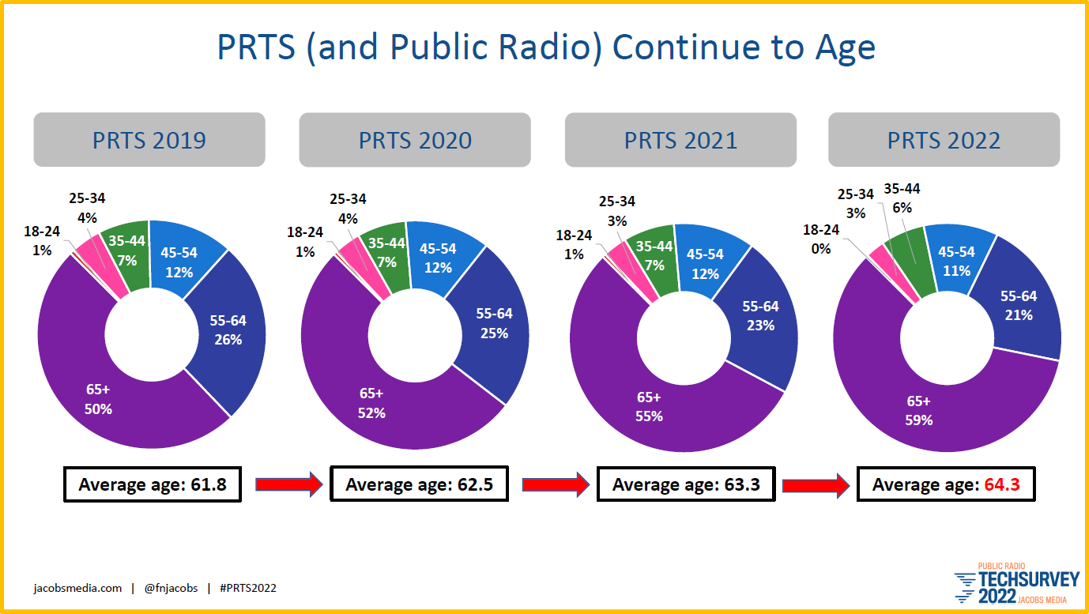
But, it cuts both ways in radio. If “grey” is the official shade that symbolizes seniors, Gen Z can be best summed up as “multi-colored.” The population trends don’t lie. The younger the generation here in America (and around the world), the more diverse it is. This Brookings chart says it all – note the shrinkage of those blue bars – white people – as the years roll on among those under 16:
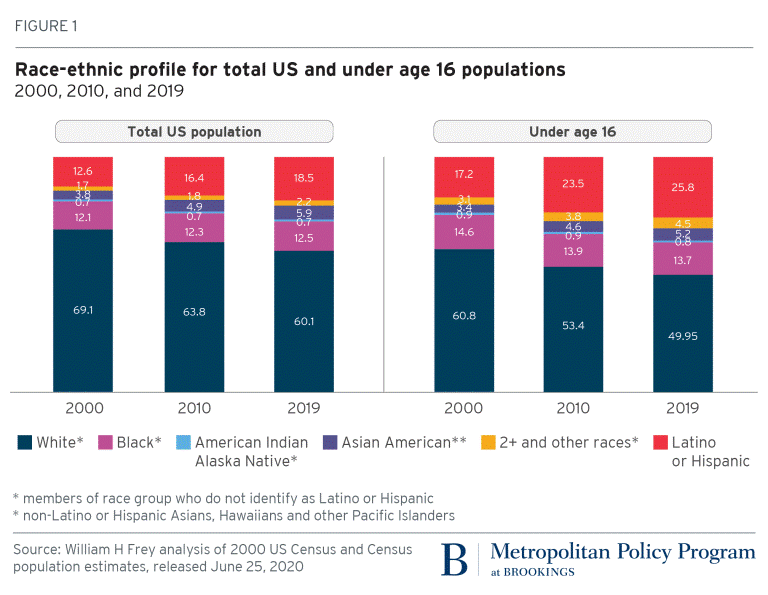
Over the holiday weekend, the New York Times published a feature story on Zach Sang, former Westwood One syndicated night host who spent a decade on terrestrial airwaves trying to build a coalition of youthful followers.
In “Zach Sang, the Ryan Seacrest of the Youth, Wants to Save Radio,” reporter Jon Caramanica tells us the former WW1 host has been “broadcasting” on Amazon’s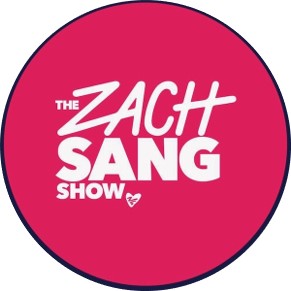 Amp platform (see JacoBLOG’s “Democratizing Radio”) since March, trying to reassemble his former over-the-air audience on this fledgling digital platform.
Amp platform (see JacoBLOG’s “Democratizing Radio”) since March, trying to reassemble his former over-the-air audience on this fledgling digital platform.
It’s not easy. Say what you will about FM radio’s slow fade, it is still exponentially easier to build a fan base OTA than it is online. Zach Sang is proof positive.
The story reports his WW1 show attracted an audience north of one million listeners across 80 affiliates in the U.S. Today, his Amazon fan base is a fraction of that.
As Caramanica reports, Zach is highly skilled, he’s a fabulous interviewer, and highly proficient at the entire tool kit – social, video, you name it. He is also charming, youthful, topical, and upbeat – all qualities you want in a radio personality.
Still…
It’s a tough climb transporting his former audience to Amazon’s Amp:
“The way I view a microphone at this point in my life is, when I lost the show, it’s like I lost every friend I’ve ever made. It’s about regaining chemistry — it takes time. People find out every day we’re not on the radio.”
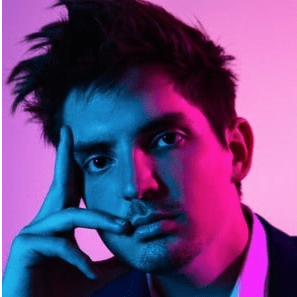 Like every other highly-skilled air talent you know, the end of the Westwood show presented a challenging crossroads, and Sang admits he’s still fighting the headwinds of depression.
Like every other highly-skilled air talent you know, the end of the Westwood show presented a challenging crossroads, and Sang admits he’s still fighting the headwinds of depression.
And as we continue to see in our AQ studies and on display at Boot Camp, great radio personalities are working for their stations of employ, but they’re also working for themselves.
As Caramanica insightfully positions it, “Losing his syndicated show forced (Sang) to assess whether he was in the business of radio, or the business of Zach Sang.
I’ve been fortunate to meet Zach, and spend time with him. Back in 2015, our “Radio’s Most Innovative” highlighted him. I happily sent Zach one of our signature globe trophies. In fact, I was so taken with Zach and his mission that I extended our profile to a two-parter.
In that interview, I asked him one of my favorite questions:
“Why radio?”
And here’s what he told me:
“I loved telling stories and I was always serious. I love the human connection, but I also love news. It was like an equation: curiosity plus human connection plus being relevant and newsworthy and being yourself equals radio for me.
“But really it was the human connection. I love learning about someone. Everybody has a different story, everybody comes from something different, and everybody has a different viewpoint and a different opinion. And nobody was speaking to teenagers at all.”
They still aren’t. And yet, Zach is still at it on Amazon’s Amp platform.
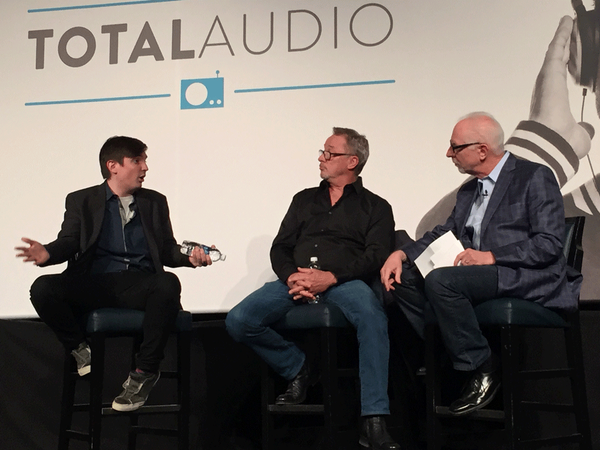
At an Arbitron conference back in 2015, someone had the great idea to contrast a young up-and-comer with a savvy veteran. They booked Zach and Mark Thompson, host of “Mark in the Morning” on KSWD/Los Angeles, and formerly “The Mark & Brian Show.”
Paul and I took Zach and Mark out to dinner the night before the event. While I enjoyed the actual interview with these two contrasting talents, I wish we could have taped the conversation that took place during the meal.
Zach was blown away by having the chance to spend a long dinner with a legend like Mark. And conversely, Mark peppered Zach with questions about how he integrated the digital tool kit in his show.
It was a “dual mentoring” session, and for a student of the game like me, it was a special night.
I have no idea why those negotiations with WWI broke down over Zach’s show, anymore than I know what the execs at Bell Media were up to when they decided to let Lisa LaFlamme go. I’ve done this long enough – and have been in conference rooms when these types of decisions are made – that I know there’s a lot happening below the surface.
In Zach Sang’s case, I think about WWI’s research was showing. Was he not finding a more robust audience because teens have little-to-nothing to do with radio? Was his show too radio-centric – should it have started on YouTube, and repurposed for radio? Was Westwood doing any research on the show and was Zach getting the benefit of coaching?
I do believe this….
Like Pandora that could have been picked up for a song (pun intended) by any radio company when it was on its knees, Zach Sang is going to end up being a superstar somewhere.
Given that every radio company of size and substance is going to have to seriously confront the Gen Z challenge at one point or another, I’ve got a key building block for you that would love to share in your success. After all, shouldn’t radio take advantage of a seriously talented young person who admires Elvis Duran and Howard Stern rather than this week’s social media “influencer?”
As I was putt this post to bed, a tweet flew by in my feed. And when I looked up to see it was Zach, my eyes widened. And then I read his random tweet:
who’s dreamed of hosting a radio show?
— Zach Sang (@zachsang) September 5, 2022
At a time when demand for radio advertising has ebbed, isn’t now the time to look at extended audience opportunities on both sides of the 25-54 walls?
Special thanks to Gene Valaitis.
And if you’d like to see the results of our fourth research study of commercial air talent in the U.S., there’s time to sign up for our free webinar, Thursday, September 8 at 2pm ET. Info here.
- Why Radio Needs To Stop Chasing The Puck - November 21, 2024
- Great Radio – In The Niche Of Time? - November 20, 2024
- “Be My 9th Caller Right Now And Win A Free Slurpee!” - November 19, 2024




I was listening to RewoundRadio (online) over the weekend. They were streaming full hours of WLS and WCFL.
I was struck by 2 things. I felt like all of DJs were talking to me. Well they were! Talking about things local. The weather…sports…who’s in town…how to win tickets. I don’t think any of those things ever have gone out of style.
How listenable the stations were with 3-5 songs in a row with a 3 minute stop set with a 60 second commercial, a couple of live reads, and a PSA.
I’m still a fan of broadcast radio but it’s getting harder to listen.
Is radio today over-thinking everything?
In answer to your last question, “Probably so.” And not without good reason. There’s a lot more to worry about because the landscape has changed. But as you point out, the basics/fundamentals/essentials of what made radio great in 40-50 years ago were more than apparent on those airchecks. Maybe listening to them should be our “homework.” Thanks for commenting.
It’s essentially a throwaway line, but when I originally read that NYT profile, this stuck out…
“In the coming weeks, ‘Zach Sang Show’ will begin international syndication.”
Granted, there’s a lot that isn’t mentioned (and might not even be finalized yet), but there still appears to be a strong possibility that he’ll be back on broadcast radio–but not in the U.S.
Perhaps that’s next for Zach and Amp, Eric. We’ll keep an eye on this next phase of his career path.
Some group should do a research project and try to find out if Gen Z would listen to something focused on them if it was only available on radio. My gut is that radio’s Gen Z ship has sailed, but its worth trying to find out.
Even if it has, radio could use its knack for talent development on another platform that Gen Z is more comfortable with. Radio will end up there at some point regardless and it might make sense to try some things our before economics get so desperate that Bob Pittman and David Field are voicetracking.
Good questions, Bob. As I mentioned in the post, the Gen Z ship may, in fact, be at sea as far as radio is concerned. But there are myriad ways to make content and even more ways to distribute it. Some research (and the right hires) should be all the industry needs to play this game.
Pretty much nailed it here-except the statement:
“Given that every radio company of size and substance is going to have to seriously confront the Gen Z challenge at one point or another…”
The major radio companies (and probably a lot of the minor ones) aren’t addressing any of the the challenges that face them. Over-populated commercial breaks, amateur/disconnected sounding talent (did you hear WLS-FM’s voicetracked night show? I don’t know if it’s still there..nothing listed on the website for 7-12.) Musical sameness. The graph displaying increased diversity tells a story that opens up possibilities. I’m working with a few local broadcasters who believe in their markets and want to stretch the envelope a bit. They exist with a decent amount of success against “the big guys” with their “national/premium” talent. Research? God forbid a major money-grabbing radio company (oh, I’ll call it “media” from now on) should do a research project on new approaches/formats/target audiences.
Sean Ross says “Make no mistake, AM/FM radio still owns the largest piece of America’s audio pie”.
Does the “AM/FM” industry want to see that continue? With the amount of promotion by many screaming “wherever you get your podcasts” or ” download that app”, it makes one wonder. There’s understandable attrition in any industry but the smart industries need to get back in their game. Imagine if McDonald’s rolled over when In -N-Out opened up..now joined by Burger King, Wendy’s, Taco Bell-you name it. The Golden Arches still dominate and still work on making their products coveted by consumers. I could go on and on – (I already did) but as we continue to discuss the shortcomings of AM/FM, the big guys are still playing the Nero card at (today) 48 cents a share. Shame.
Sean may be right, at least for now. But demographics will eventually tell the story, and if radio broadcasters continue to ignore those trends, the crown will soon be passed to YouTube, Spotify, TikTok or someone else. To remain in the “25-54 Cheese Room” is insanity defined, Dave. Thanks for framing this up and engaging here.
Hello Fred:
Well you know my answer. Change radio into something completely new, completely interactive, and the young folks who are used to technology will flock to it. The Action Radio Citizen Legislature is getting closer to nationally breaking out as I’m now getting national interviews to describe and advocate our citizen legislation. Our Constitution Reporter is an 18 year old college freshman who wrote a bill demanding that candidates for Congress take the immigration citizen test to see if they know anything. Tons of changes as Action Radio advances as the new genre of interactive radio.
Show site: BlogTalkRadio.com/citizenaction
Bill site: http://www.WriteYourLaws.com
Greg Penglis
Creator, Host and CEO of the Action Radio Citizen Legislature.